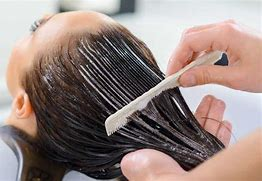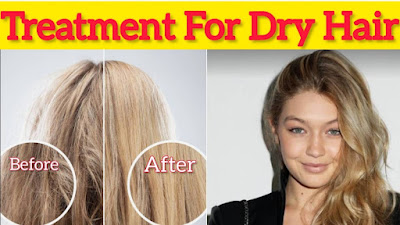Winter Hair Care Tips: How to Keep Hair Healthy in the Winter
Step 1:
Prioritize Deep Hydration. Start by switching to a moisturizing shampoo and conditioner duo formulated for dry or damaged hair. Look for ingredients like hyaluronic acid, shea butter, or argan oil, which lock in moisture without weighing hair down. Wash less frequently—every two to three days—to preserve natural oils. After shampooing, apply a deep-conditioning mask once a week. For a DIY option, mix coconut oil with honey, leave it on for 20-30 minutes, then rinse. This step restores the scalp's barrier, preventing flakiness and itchiness caused by dry winter air.
Step 2:
Combat Dry Scalp and Dandruff. Winter often intensifies scalp issues due to low humidity. Gently massage your scalp with a nourishing oil like jojoba or tea tree before bed to soothe irritation and promote circulation. Use a humidifier in your home to maintain indoor moisture levels around 40-50%, which indirectly benefits your hair by preventing excessive dryness. If dandruff persists, opt for an anti-fungal shampoo with zinc pyrithione, but alternate it with your regular one to avoid buildup. Exfoliate weekly with a soft brush or a sugar-olive oil scrub to remove dead skin without stripping oils.
Step 3:
Protect Against Environmental Damage. Bundle up, but choose hats lined with silk or satin to minimize friction and static—cotton or wool can snag and dry out strands. Before stepping out, apply a leave-in conditioner or hair serum with UV protection, even in winter, as snow reflects harmful rays. Avoid hot styling tools; let hair air-dry or use a diffuser on low heat. If blow-drying is necessary, apply a heat protectant spray first. This shields cuticles from cracking in freezing temperatures.
Step 4:
Nourish from Within. Healthy hair starts internally. Boost your diet with omega-3-rich foods like salmon, walnuts, and flaxseeds to enhance shine and strength. Stay hydrated by drinking at least eight glasses of water daily—herbal teas count too. Incorporate vitamins: biotin for growth, vitamin E for antioxidants, and iron to prevent thinning. A balanced intake of proteins from eggs or beans supports keratin production, the building block of hair.
Step 5:
Trim and Maintain Regularly. Schedule trims every 6-8 weeks to eliminate split ends, which worsen in winter. Use a wide-tooth comb for detangling wet hair to reduce breakage. At night, braid loosely or use a silk pillowcase to prevent tangles and moisture loss.
By following these steps, you'll emerge from winter with resilient, glossy hair. Consistency is key—adapt based on your hair type, whether curly, straight, or color-treated. If problems like excessive hair loss arise, consult a dermatologist. With proactive care, winter doesn't have to mean bad hair days.



























